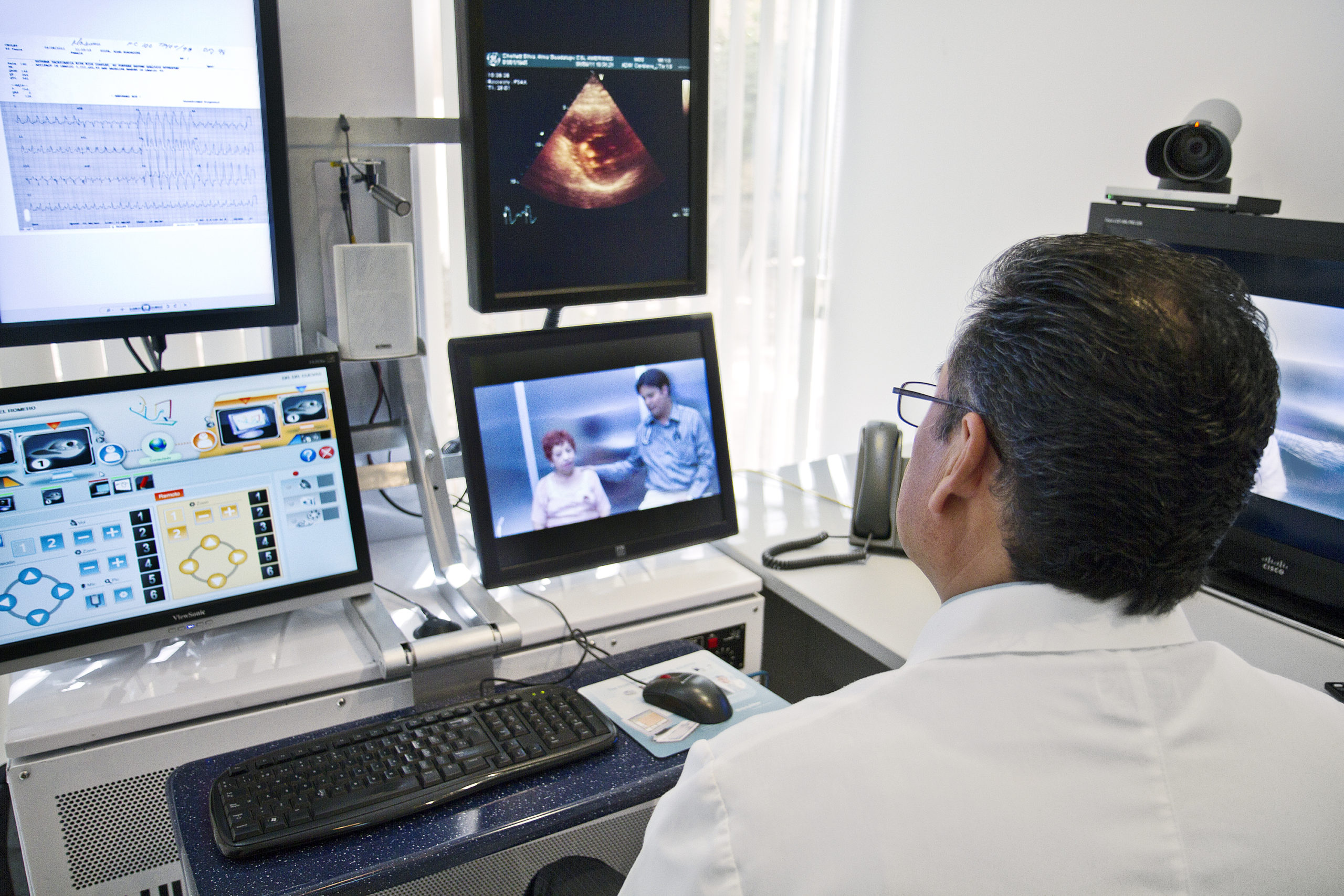by Dr. Lance Fuchs, MD and Dr. Seth Camhi, MD
Whether you are a seasoned veteran at providing virtual care or a novice, you are likely doing more telephone visits now than ever before due to the COVID-19 pandemic. We thought it would be worthwhile to review some telephone visit “best practices” to optimize the care and service you provide to patients.
- Prepare before you call the patient. Take a moment to review the patient’s problem list, medication list, allergies, reason for the call and recent visits. If you don’t have this information before the visit, then it is important to ask the patient.
- Respect patient confidentiality. When you call the patient, confirm who you are speaking to. It’s recommended that you ask two patient identifiers like date of birth and home address.
- Start with an introduction and an open-ended question. “I am Dr. ___. I completed a basic review of your chart before I called. How can I can address your concerns today? What questions do you have for me today?” Then stop and listen just like you would if seeing the patient face to face.
- Demonstrate effective active-listening skills. You can accomplish this by “probing” and asking follow-up questions. “Reflecting” is where you paraphrase what the patient says to show that you are listening and to confirm mutual understanding. “Summarizing” is restating the major ideas that you hear. Many of us quickly focus on our next questions or statements. It’s important to use “internal control” to focus more on “hearing” the speaker, rather than plotting your next statement, question or response.
- Make a personal connection. Address their statements with compassion and empathy. This is a very challenging time for many of our patients. Slow down and take a moment to personally connect with them and acknowledge that you understand what they are experiencing. Share that you have some of the same feelings or concerns.
- Confirm the patient’s “true agenda”. What was the underlying reason that the patient made the appointment? Was their concern or question addressed?
- Summarize your assessment and plan. Use non-medical terms. Keep it simple and speak slowly. Ask the patient if they want to get a pen and paper before discussing your recommendations. Consider sending them an e-mail message or sharing an “after-visit summary” with additional information.
- Confirm the patient’s understanding and buy-in of the proposed treatment plan. Ask, “Are you satisfied with the plan? Do you have any questions for me?”
- Document the visit in the medical record. Be sure to include anticipatory guidance and follow up recommendations to the patient.
- Remember that telephone visits have their limitations. After the visit, reflect on the quality of care and service that you provided. If you are concerned about the safety of the patient or the patient needs an exam, then arrange for an in-person appointment in the appropriate medical setting.
Telephone visits offer a convenient and efficient way to provide medical care to the appropriate patient. Virtual care is likely to play an even more important role in the future of medical care. So, we encourage you to refine and improve these important skills.
Here are 10 tips to help you create a professional video visit experience:
- Start with a quality webcam and telemedicine platform.
- Setup the webcam at eye level.
- Set up a professional space for your virtual visits.
- Be punctual.
- Dress the part.
- Read your patient’s complaint and have their chart ready beforehand.
- Engage your patient.
- Keep lag time in mind.
- Be clear with any post-appointment instructions.
Here is some info on billing for these visits:
Telephone visits require direct phone communication between patient and provider and time spent with the patient must be documented, with the following codes:
| Time |
MD/APP |
Non-MD/APP* |
| 5-10 min |
99441 |
98966 |
| 11-20 min |
99442 |
98967 |
| 21-30 min |
99443 |
98968 |
*Providers who can bill independently such as psychologists, registered dietitians, social workers, speech-language pathologists and physical and occupational therapists, among others.
